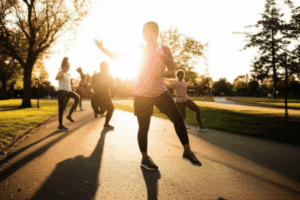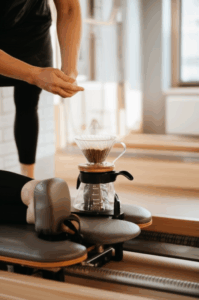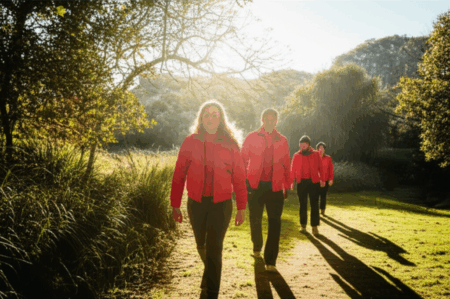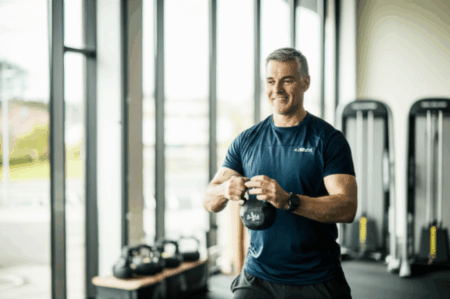In a fitness culture often dominated by high-intensity workouts and “no pain, no gain” mantras, the idea of “effortless” exercise might seem counterintuitive. Many believe that for exercise to be effective, it must be strenuous, sweaty, and leave you breathless. However, a growing body of research highlights the profound benefits of light, low-intensity physical activity, proving that even seemingly effortless movement can significantly enhance your health and well-being.
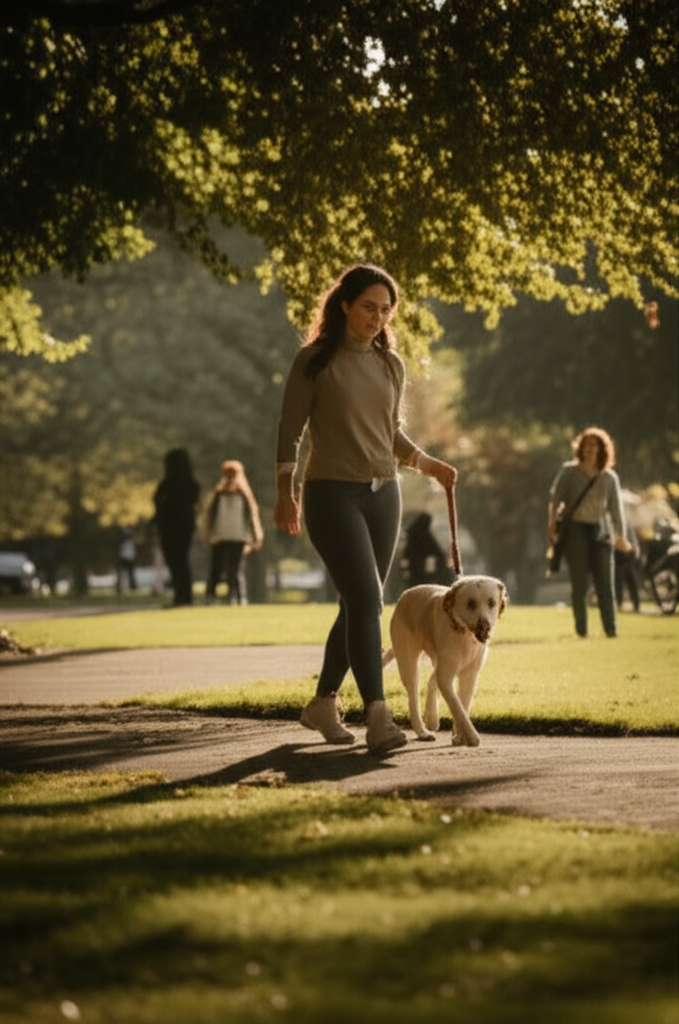
What Constitutes “Effortless” Exercise?
“Effortless exercise,” often referred to as low-intensity exercise, Zone Zero exercise, or Non-Exercise Activity Thermogenesis (NEAT), describes physical activity that elevates your heart rate minimally, allowing you to converse comfortably throughout. It typically involves movements that are low-impact, placing minimal stress on joints. Unlike structured workouts, NEAT encompasses the energy expended in all daily activities that are not sleeping, eating, or dedicated exercise sessions.
Examples of such activities include:
- Leisurely walking
- Gentle stretching or yoga
- Light housework (e.g., cooking, dusting, washing dishes)
- Gardening or yard work
- Fidgeting
- Taking the stairs instead of the elevator
- Standing more throughout the day
These activities, while not designed to push your physical limits, contribute significantly to your overall daily energy expenditure and offer a wide array of health advantages.
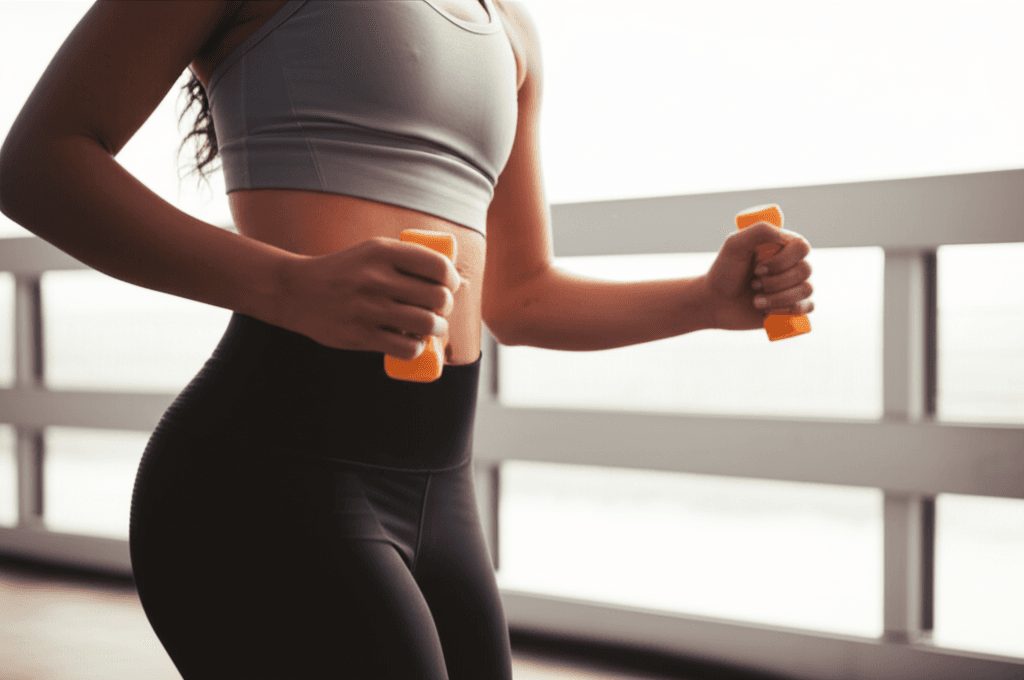
The Surprising Benefits of Light Movement
The subtle power of effortless movement lies in its ability to support various bodily functions and promote consistent activity without the demands of high-intensity training.
Improved Overall Health and Disease Prevention
Even light levels of physical activity are healthier than prolonged sitting. Replacing just 30 minutes of daily sitting time with light activity has been linked to a longer life expectancy and a reduced risk of death from cardiovascular disease. Regular, gentle movement can also significantly lower the risk of developing chronic conditions such as heart disease, stroke, type 2 diabetes, hypertension (high blood pressure), and high cholesterol. It can strengthen your heart and help it work more efficiently, improving circulation and lowering blood pressure.
Enhanced Mental Well-being
Physical activity, regardless of intensity, stimulates brain chemicals that can lead to feelings of happiness, relaxation, and reduced anxiety. Effortless exercise, like a daily walk, is an effective ally in stress management, helping to reduce levels of the stress hormone cortisol. Studies show it can also improve mood, reduce the risk of dementia, stress, depression, and Alzheimer’s disease, and contribute to better sleep quality.
Aids in Recovery and Reduces Soreness
Low-intensity activities play a crucial role in post-exercise recovery, often referred to as “active recovery.” Engaging in gentle movements after strenuous workouts can increase blood flow to muscles and tissues, helping to deliver more oxygen and nutrients. This process aids in clearing metabolic waste products like lactate, reducing muscle stiffness and soreness, and promoting faster healing.
Flexibility, Mobility, and Injury Prevention
Light training, which often includes stretching and gentle movements, promotes joint range of motion and muscle elasticity, thereby improving flexibility and preventing injuries. Weight-bearing activities like walking contribute to stronger bones and improved balance, reducing the risk of osteoporosis and falls, especially in older adults.
Weight Management Support
While not a standalone solution for significant weight loss, effortless exercise contributes to calorie expenditure and can improve metabolism. Integrating more NEAT into your day can help offset the negative effects of sedentary behavior, which is linked to an increased risk of obesity and other health concerns. For instance, standing for an additional 2 hours per day can burn an extra 100-200 calories.
Encourages Consistency and Habit Formation
One of the most powerful benefits of effortless exercise is its accessibility and sustainability. Because it doesn’t require intense effort or dedicated time slots, it’s easier to incorporate into daily life and maintain over the long term. This consistency helps build lifelong habits, preventing the burnout often associated with overly ambitious fitness plans. For those returning to movement after injury, or those who are unwell, Zone Zero exercise offers an achievable starting point.
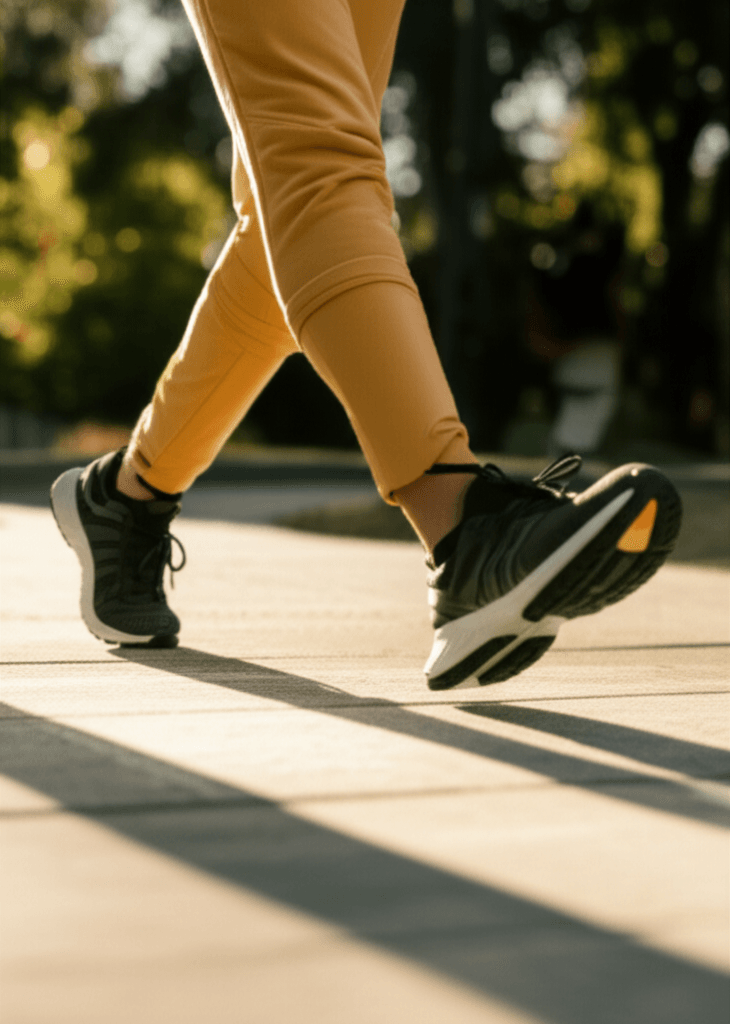
Limitations and When More Intensity is Needed
While beneficial, “effortless” exercise alone may not be sufficient for all fitness goals. If your objective is to build significant muscle mass, dramatically increase cardiovascular endurance (e.g., train for a marathon), or achieve rapid weight loss, higher intensity workouts will be necessary. Intense exercise burns more calories per minute and stimulates greater physiological adaptations, such as increased muscle protein synthesis.
It’s important to remember that “low-impact” does not always mean “low-intensity.” Activities like a brisk walk can still be low-impact but achieve moderate intensity, which has greater cardiovascular benefits than a leisurely stroll.
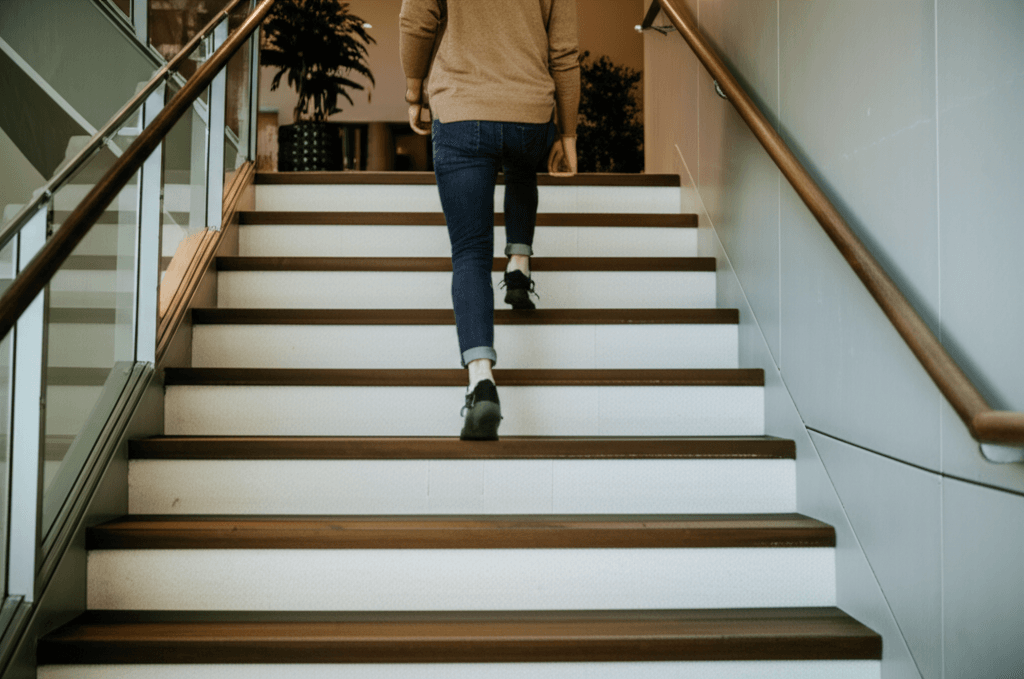
Integrating Effortless Exercise for a Holistic Approach
The key to optimal health often lies in a balanced approach that combines various intensities of physical activity. Public health guidelines recommend adults aim for at least 150 minutes of moderate-intensity aerobic activity or 75 minutes of vigorous-intensity aerobic activity per week, along with muscle-strengthening exercises at least twice a week.
Effortless exercise seamlessly complements these guidelines by:
- Counteracting Sedentary Behavior: Even if you engage in intense workouts, long periods of sitting can still pose health risks. Integrating light activities throughout the day, such as standing up every hour or taking short walking breaks, can mitigate these risks.
- Enhancing Recovery: Active recovery days with light activities like walking or gentle cycling can help muscles repair and prepare for subsequent intense sessions.
- Building a Foundation: For those new to exercise or recovering from injury, starting with effortless activities allows for gradual progression, building strength and stamina without overexertion.
- Promoting Overall Movement: Simple adjustments like parking further away, taking the stairs, or walking during phone calls can significantly increase your daily NEAT.
In conclusion, while high-intensity exercise has its place in building peak fitness, the quiet power of effortless exercise should not be overlooked. Every movement counts, and integrating light, enjoyable activities into your daily routine is a sustainable and effective way to bolster your physical health, mental well-being, and overall longevity. It’s not about choosing between hard or easy, but understanding that a healthy, active life embraces both.

